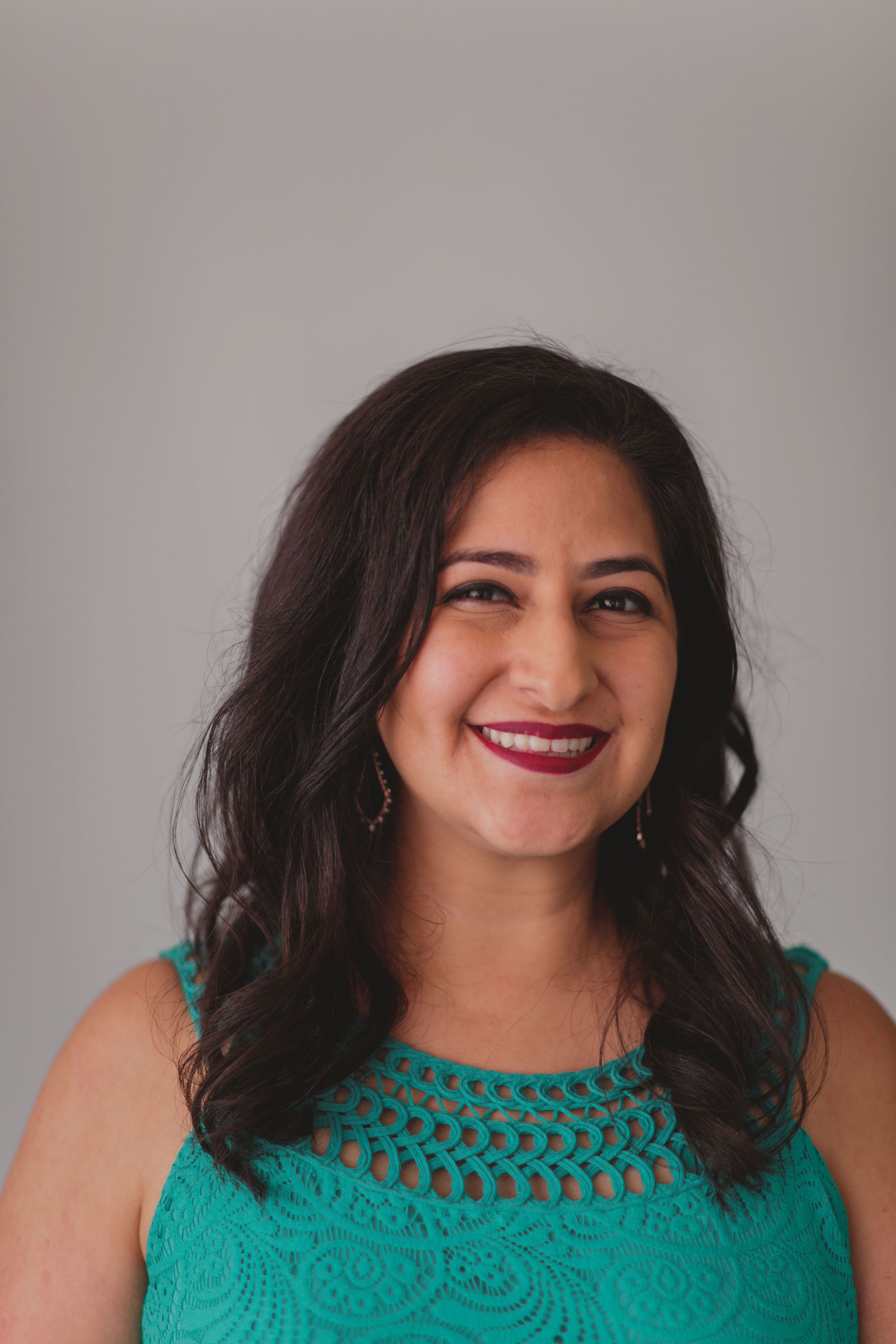Need help thanking your donors? Check out these free sample thank you responses to use in your post-campaign plan.
Here at Kindest, we know how exhausting creating a fundraising campaign can be. We’ve been on the front lines (and in your shoes), and we want to make the process a little less taxing by sharing some tips on crucial strategies in your fundraising campaign.
The truth is we spend the majority of our efforts creating big campaigns to bring in donors, and then what? What comes next? You bring them in only to slap them with an automated ‘thank you’ email and a tax receipt on their way out. That’s because you’re neglecting one of the most essential parts of your full donor cycle: the post-campaign plan. And when you fall short on your post-campaign plan, you risk losing the relationships we spent time cultivating.
Post campaign plans are essential for donor retention. And we couldn’t think of a better time to revisit–or visit, for all the first timers–your post-campaign plan than right now, when people are feeling a little extra generous and giving is up by 89%!
Extra generosity means new opportunities to build long lasting relationships with new donors. But it also means more questions. Here are the questions you should be asking yourself when approaching and cultivating relationships with donors:
- What happens when someone makes a donation?
- How do you welcome first-time donors?
- How will I cultivate donors for a second gift?
- Do you have a post-campaign plan ready?
When you prioritize cultivating donor relationships throughout the full donor cycle and past the initial donation, you create long-lasting connections, instead of one-time relationships that will require rebuilding each time. So, we’re going to give you the keys to a tremendous post-campaign plan.
First thing’s first, in order to know how to keep donors, you have to understand why they leave in the first place.
Top 5 reasons donors leave:
- Lack of connection with organization
- No acknowledgement/recognition of the previous gift
- Not asked to donate again
- Changed priorities
- Changed financial situation
And while some of these are out of our control, it’s very important to focus on the ones we can control and ensure that we’re delivering every. single. time.
It’s also important to understand the reasons why donors do stick around:
Top 5 reasons donors stay:
- Visible impact of their contributions
- Donors receive timely thank you notes
- They feel their involvement is appreciated
- Personal connections
- The donors trust your organization
Understanding what motivates and demotivates donors is an important part of creating a solid post-campaign plan. But it is not enough to know. You have to act. That’s where we come in. Here are some essential steps for creating an outstanding, donor-retaining post-campaign plan.
Step #1: Send a ‘thank you’ within 48 hours of donation
People want to be thanked and feel appreciated. And there are many ways to show your gratitude, both personal or public. As you get to know your donors and build relationships, you’ll figure out their preferred thank you methods and behaviors you can build off. Here are some of our suggestions:
- Text message
- Phone call
- Donor appreciation gift
- Reply on Kindest
- Donor recognition on social media
Pro Tips: Have pre-written thank-you’s available and utilize your social media as much as possible to connect with donors.
Step #2: Create a donor welcome series
Statistically, there is a 45-day window when a donor will decide whether to stick with your organization or move on, so we recommend a 45-day donor welcome series to help nurture the relationship during that time frame. As you're planning your welcome series, here’s how we think those 45 days should look.
- Day 1: “Thank you–you’re awesome!”
- Day 5-10: Stewardship > Impact of their gift > Telling the story of how their money was used
- Day 10-20: Cultivation > Ebook/content > Providing donors with sum of content > Cultivating reciprocity > Creating involvement & relationships
- Day 20-25: Stewardship > Sending out surveys, “why did you give?”> Getting back information to improve & engage the donor.
- Day 25-30: Solicitation > Ask > Provide option to join as a monthly donor > timing asks for upcoming events
- Day 35-40: Ongoing stewardship and cultivation > Always maintain relationships.
- Day 45-50: Ongoing stewardship and cultivation > Long-term cultivation
Adding a strong and well-thought-out 45-day donor welcome series to your post-campaign plan can help develop a more committed and extensive donor database and help avoid the extra work of rebuilding those relationships during your next campaign.
Check out our 3-part email series welcome templates
Step #3: Be sure to do more cultivating than soliciting
Now, this step is essential. No one wants to be ghosted by an organization year-round only to be contacted, out of the blue, with a request for a Giving Tuesday donation.
Here are some ways to cultivate your donor relationships in those times between solicitations:
- Think outside the box - Loom videos, postcards, happy birthday/holiday check-ins.
- Check-in with donors on progress of impact/goals.
- Continue to give donors appreciation for their involvement.
- Be timely in communication.
PRO TIP: Don’t just check in on the usual holidays; check in on those wacky holidays–like national ice cream day or national margarita day–when your donor least expects it.
A couple of other key things to keep in mind with your Post-Campaign Plan:
- Emails: How have your emails in the past been useful? Some donors have preferred more stripped-down emails. Keep your subject and message to the point.
- Thank You: Make sure they are coming from someone personal.
- Be Human: Keep your communications human and authentic.
- Celebrate Them: Always celebrate the donor and let them know their impact.
- The Next Ask: Finally, once we maintain those relationships and cultivate connections in our post-campaign plan, we can ask them for another gift or donation!
Now armed with information and actionable steps to build a strong post-campaign plan, you’ll be in great shape to retain donors, make long-lasting relationships and grow your donor database.



